One step at a time, you push yourself further than you ever had before. With each step, each trudge, you find a rhythm (although that’s not true in my case). Although strenuous and tiring, if you soldier on, your efforts will soon be replaced with an incomparable feeling of accomplishment as you reach the end of your trek. Whether it’s a mountain summit, a hidden waterfall buried deep in a jungle, or a measly hill overlooking the city, trekking is an art that most people fall in love with. Convinced already? Great. Now before you go climb that mountain, here’s our beginners guide to trekking to give you an overview of all the essential things you need to know.
View Contents
Essential Tips for Trekking:
Choose Your Route Wisely
As in every physical activity, it’s important that you know your limits. Don’t start off your first ever trek with a trail that’s too difficult. Get your groove and slowly build your strength. Being physically fit for a trek means that you are not struggling and scampering your way up. This is supposed to be a fun and enjoyable experience, not painstakingly difficult. I personally made this mistake by attempting to climb the 2nd highest mountain in the Philippines, Mt. Pulag despite not having any previous trekking experience. I hilariously found out the seriousness of the climb when I got to the safety briefing. Moral of the story, find out more about the route and the trail before signing yourself up for anything.
If you’re not physically fit, don’t worry, everyone starts somewhere. Build your resistance by going on long walks. Practice wearing a day pack when climbing up inclines and steep descents. Once you’re feeling confident, have a go at doing a small trek, preferably with a group so they can help and guide you through the process. The length and the type of terrain, and the elevation change are things that you have to consider when choosing your route.
Read: 10 Most Epic Treks in Southeast Asia
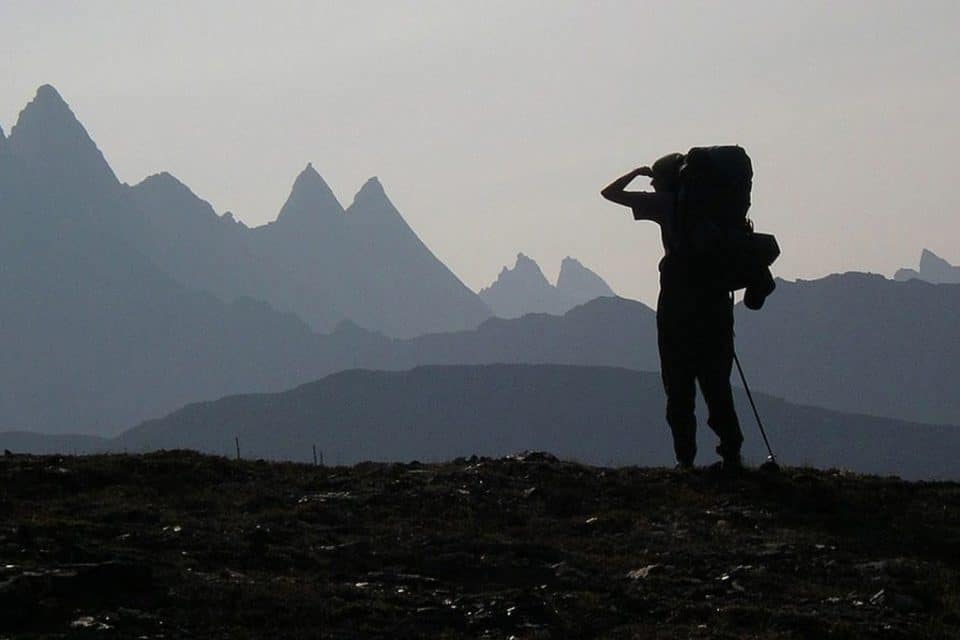
Invest in Good Trekking Equipment
If there is one word of advice that I can give you when it comes to trekking, it is to make sure that you have good footwear that is suitable for the trail. Good footwear is a MUST if you are serious about trekking. Invest in good quality boots which you will be able to use and wear for a very long time. Because of poor quality footwear, we’ve gotten blisters or have hurt our ankles accidentally. Trekking boots are made to endure various terrains and will keep you from slipping and injuring yourself. The best ones are those that go up to your ankles as they have the most support.
Aside from good trekking shoes, getting a comfortable backpack is also pretty important. You don’t want to be lugging something that is uncomfortable. Choosing the right backpack with proper back straps, hip straps, and support will save you from being uncomfortable.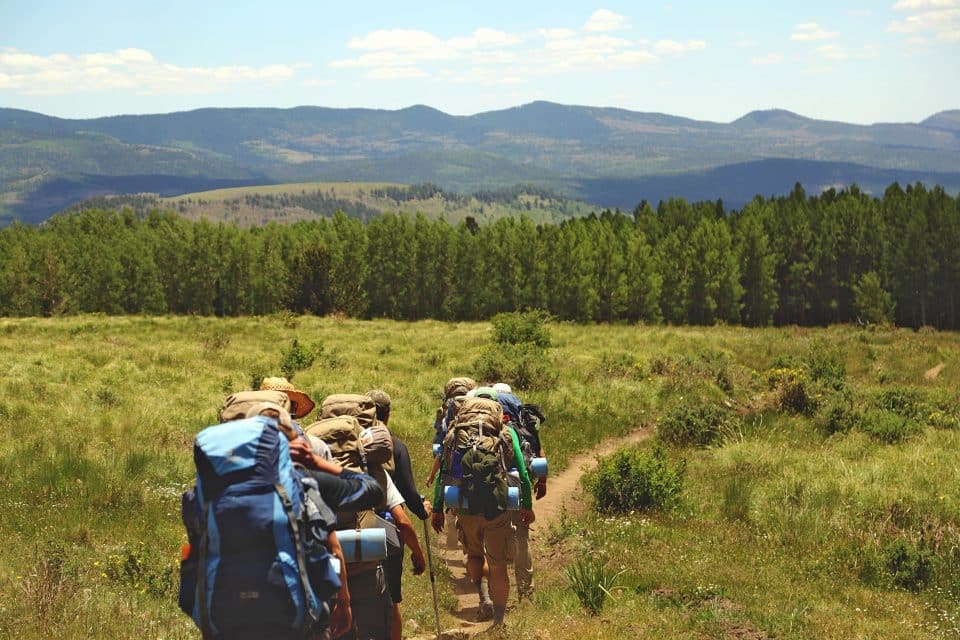
Go at Your Own Pace
I do admit to always being one of the slowest people when it comes to trekking. I like to take my time, enjoy the scenery, and go at my own pace. There is no shame in this! Remember, trekking to somewhere is not a race. Go at your own pace, listen to your body and take as many breaks as you need. Trekking is supposed to be a challenging yet enjoyable experience. While you’re at it, always make sure to stretch out those muscles before going on any strenuous treks. Trust me, your body will thank you later.
Read: Trekking in Chiang Mai Thailand
Stay Hydrated
Three words: Pack enough water! Often, you underestimate the amount of water to bring on a trek. Remember its always better to have an excess rather than to find yourself thirsty and dehydrated. Water to Go bottles and other water filtration devices come in handy when doing long treks. During your trek, make sure you stay properly hydrated by drinking lots and lots of water. It also wouldn’t hurt to pack some light snacks like energy bars to help keep you going.
Check the Weather
The last thing you want to do is to embark on a four-day trek with a storm approaching. A general search on the weather in an area can save you having to deal with rain, landslides, or snow storms. This is particularly important when crossing over rivers and other bodies of water. Trekking is usually a safe activity but when paired with extreme weather conditions, it can be dangerous. Be flexible with your plans and be willing to turn back or take shelter when needed.
Go at Your Own Pace
I do admit to always being one of the slowest people when it comes to trekking. I like to take my time, enjoy the scenery, and go at my own pace. There is no shame in this! Remember, trekking to somewhere is not a race. Go at your own pace, listen to your body and take as many breaks as you need. Trekking is supposed to be a challenging yet enjoyable experience. While you’re at it, always make sure to stretch out those muscles before going on any strenuous treks. Trust me, your body will thank you later.
Related: Trekking in the Jungles of Sumatra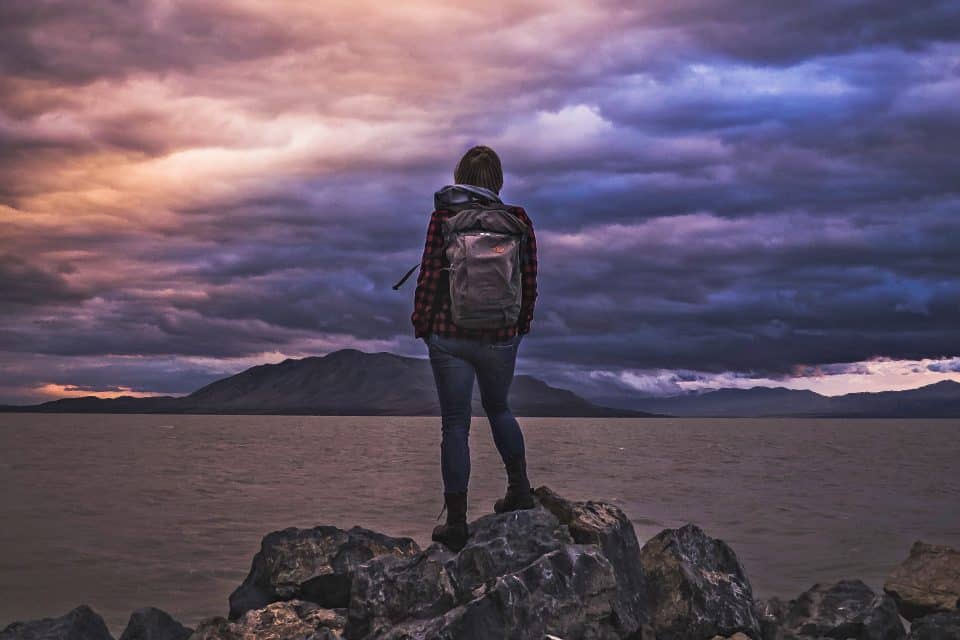
Pack Lightly
One common mistake that newbie trekkers do is stuff their backpacks with anything and everything. Speakers, neckpillows, snacks, heck, I once had a cheeky bottle of wine packed in my backpack (wine to combat the cold seemed like a good idea then). As great as it was having all those things, carrying them up a mountain just wasn’t worth it. Get lightweight equipment, pack lightweight food which is made just for trekking, and take out any unnecessary items. If you are doing multi day treks, you will need to bring a cookery set and enough food and water to last you so every space in your pack is crucial. Don’t try to be a hero and carry everything. If you are traveling with a group, distribute the weight of the supplies.
Advanced hikers and trekkers often recommend to pack your sleeping bag first topped with your other heavier items, putting them closer to your back which helps distribute the weight to your hips. Items which you will be accessing during your trek like water and your jacket if it gets cold should be stored on top for easy access.
✨The 1 Thing We Never Leave Home Without…✨

Coming from someone who has been traveling the world for the last 8 years AND has been in the hospital 2x, travel insurance is something everyone NEEDS to get. Get a quote below!
What to Pack when Trekking: The Essentials
- First aid kit
- Water
- Food
- A utility knife
- Flashlight
- Lightweight t-shirt
- GPS/ Navigational devices
- Sunblock
- Mosquito repellant
- sunnies
If you’re staying the night:
- Camping Gear
- Cookery set
- Warm clothes
Naturally, there are a million more things you can bring but these are just the essential items that you need to take with you. What you pack will also largely depend on where you are going and the type of climate you will be dealing with. Generally, loose lightweight shirts for when you are in a hot tropical climate, a rain jacket if you’re trekking in a place that’s likely to rain, and winter items like hats and gloves if you are in the cold.
Read: Essential Things to Pack for That Adventure Getaway
Planning Your Trek: What You Need to Do
As soon as you feel you’re up for the challenge, the first thing that you need to do is deciding where to go. We’ve gone trekking in some pretty epic places- Down a Volcano in Indonesia to see blue flames, through the jungles of Sumatra to see some Orangutans, in remote villages in Myanmar…I think you get the picture. For your first ever trek though, you will often find awesome places in your backyard to visit.
Share Your Travel Plans- When going on multi-day treks, it’s better to share your travel plans with friends and family. Emailing your itinerary, along with a general map could come handy if you somehow get lost along the way.
Do an Equipment Check- Prior to leaving, make sure you do an equipment check to ensure smooth trekking. Is your GPS working? Do you have batteries on your flashlight? Have you got a first aid kit with you? Some people make use of checklists to make sure they have everything they need.
UNPLUG & ENJOY- Part of the beauty of trekking is being able to detach yourself from the everyday hustle and bustle of life. Unplug and enjoy being in the outdoors. Enjoy the scenery, breathe in the fresh air, and appreciate the things that you see along the way.
So whether you’re trekking up a mountain in the village that you live in or if you go to some exotic far flung destination (similar to what we’ve been doing), the most important part is to enjoy the journey. Happy trails!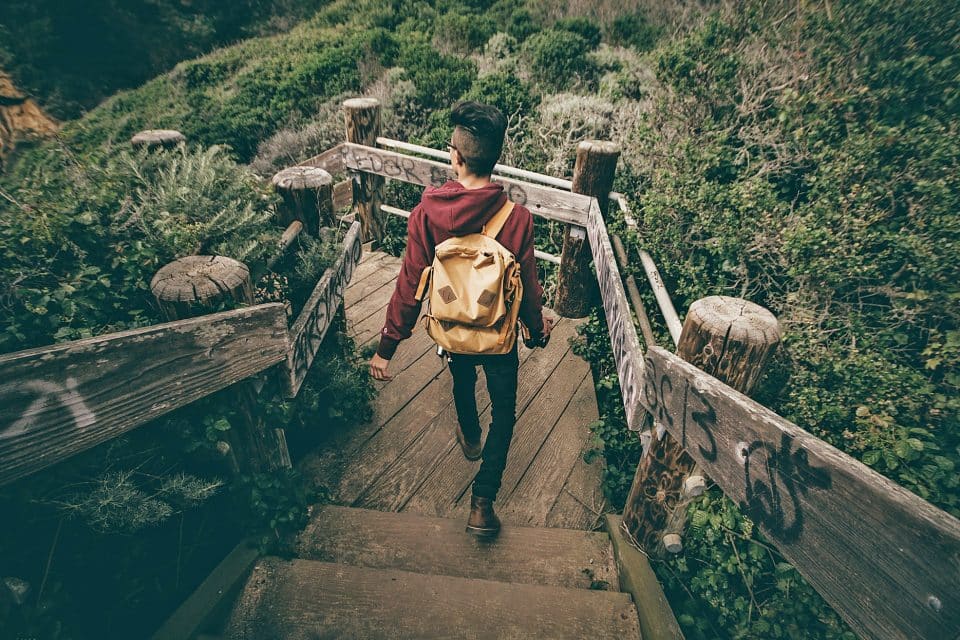
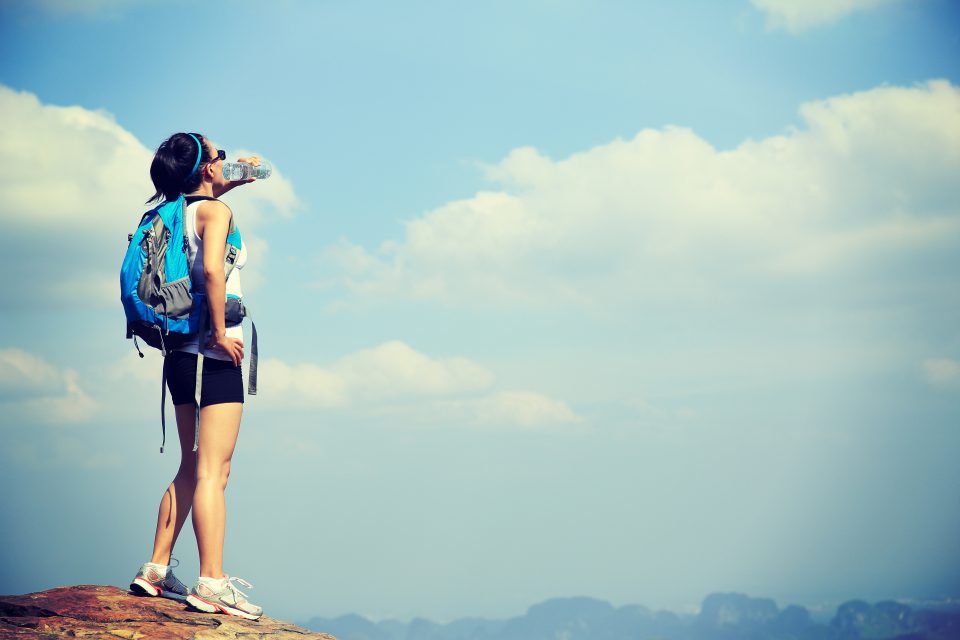
2 thoughts on “Beginner’s Guide to Trekking: Everything You Need to Know”